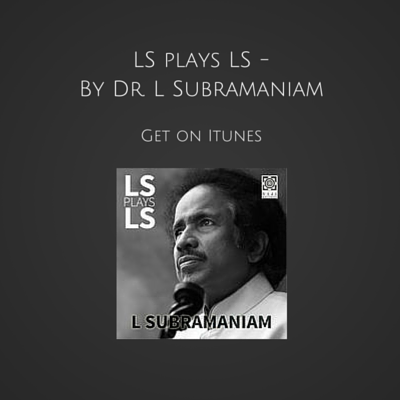The indian violin
The South Indian violin is almost identical to the Western violin, but differs from it in tuning and playing position. It is traditionally played, sitting cross-legged, with the scroll placed on the artist’s right ankle, the back of the violin resting on the artist’s left shoulder (collar bone, or chest), thus giving the performer an unencumbered left hand with which to play Indian Musical Ornamentations such as the Gamaka.
Tuning of the instrument is as follows: tonic, dominant, tonic (octave higher) and dominant (octave higher), from the fourth top the first string respectively, the tonic being variable. The Karnatic violin is a must as a melodic accompaniment, in both instrumental (except for Nagaswaram) and vocal concerts.
It is my great privilege that my Guru Shishya Parampara (master-disciple tradition) lineage can be traced back to Baluswamy Dikshitar who was responsible for introducing and adapting the violin to Indian music in the early 19th century. Within a short time, it replaced other instruments like the veena, which were used to accompany vocal performances and became the primary accompanying instrument in the Karnatic tradition. This was a welcome precedent, and it helped other accompanying instruments like the flute to gain prominence too.
My generation has seen the Indian violin rise to an international status as a solo instrument on par with the Western violin; adapted and featured as a solo instrument with major symphony orchestras and chamber groups (both classical and neo-fusion). This has opened up a wide range if possibilities and new avenues on the international scene for the Indian violin.
At this point, I am very proud to mention that my guru and father, Vidwan Professor V. Lakshminarayana, was a torchbearer in introducing fabulous, masterful, original techniques in playing the violin. These techniques, when learnt and practiced, can enable one to have a complete mastery over the instrument while maintaining the ornamentation, which is essential to the Indian tradition. This is the most important factor that has contributed to bringing the violin to its present status. Besides this, he also introduced new, innovative concepts in the art of solo, duet and trio violin paying in Indian music
–Dr. L. Subramaniam
